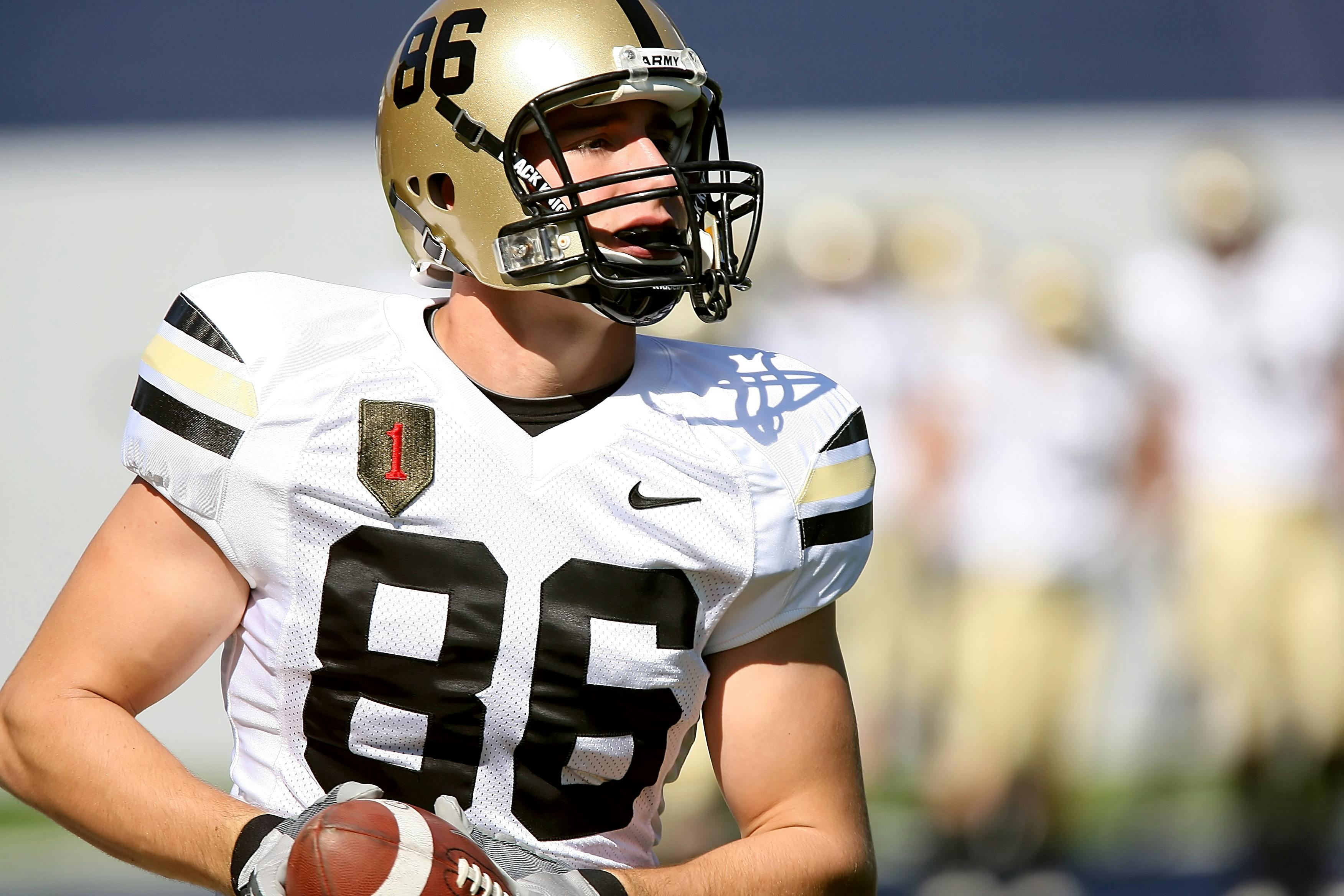There are many diets to consider when you want to change your eating habits, lifestyle, health, and weight.
George Ohsawa, who promoted that a simple lifestyle produced positive health benefits, created the microbiotic diet. The diet was understood to be ten restrictive steps, forcing the dieter to exhibit a great deal of self-control.
For example, the last stage of the microbiotic diet involves the dieter consuming only brown rice and water. Diet planners, due to their excessive restriction, no longer suggest this early version of the microbiotic diet.
welfare
The microbiotic diet appeals to some because it not only focuses on the physical well-being of a dieter, but also addresses the spiritual and planetary aspects of health.
The microbiotic way of dieting is low in fat and high in fiber. Vegetarians could easily follow this diet because it emphasizes vegetables and whole grains.
The microbiotic diet calls for low amounts of sugar, dairy, and meat.
soy products
Soy products are also an integral part of the diet because they contain phytoestrogens, which are believed to have positive effects on cholesterol levels, menopause, and some types of cancer. That is why patients suffering from cancer or other chronic diseases have followed this strict regimen.
Phytoestrogens may also be beneficial in the prevention of estrogen-related cancers, such as breast cancer. It is important not to confuse this healthy way of eating with a cure for serious diseases and medical conditions.
Whole grains
When following the microbiotic diet, 50-60% of each meal will consist of whole grains, including brown rice, barley, millet, rye, corn, and buckwheat. This diet allows for an occasional meal of oatmeal, noodles, pasta, bread, or baked goods.
Soup
Each day, 1 to 2 bowls or cups of soup are required. It is suggested that a dieter choose shoyu or miso, which contains fermented soybeans.
vegetables
Vegetables make up 25-30% of daily food intake, where 1/3 of vegetables should be eaten raw. Boiling, steaming, baking, or sautéing should prepare any other serving of vegetables.
Beans
10% of the daily food intake should consist of cooked beans. Bean products such as tofu or tempeh can also be eaten.
Cooking oil
The most common cooking oil used when preparing meals is dark sesame oil. Additional oils to consider include light sesame oil, corn oil, and mustard seed oil.
flavorings
Natural sea salt, shoyu, brown rice vinegar, grated ginger root, fermented pickles, roasted sesame seeds, and sliced scallions are some of the seasonings that can be used to add flavor to foods.
When it comes to animal byproducts during the microbiotic diet, small amounts of fish or shellfish are acceptable each week.
Dieters should stay away from eggs, dairy, meat, and poultry.
When eating fish or shellfish, microbiotic dieters should consume horseradish, wasabi, ginger, or mustard to aid in the detoxification process against the effects of shellfish.
Other foods allowed on the microbiotic diet include moderate consumption of seeds or nuts, as well as desserts such as apples and dry foods.
Dieters should not consume sugar, honey, molasses, chocolate or carob.
Fruit
Several times a week, the diet allows for fruits such as pears, peaches, apricots, grapes, berries and melons. Avoid tropical fruits, like pineapples and mangoes.
The microbiotic diet can be tailored to suit individuals based on their age, gender, health issues, as well as weather and seasonal factors.
Side effects
There are some side effects associated with this diet. Certain nutrients are not absorbed into the body through this diet, such as protein, vitamin B12, iron, magnesium, and calcium. This can affect a dieter by lowering their energy levels as well as leading to health complications.
Some nutritionists disapprove of this diet because they feel it is too restrictive.


